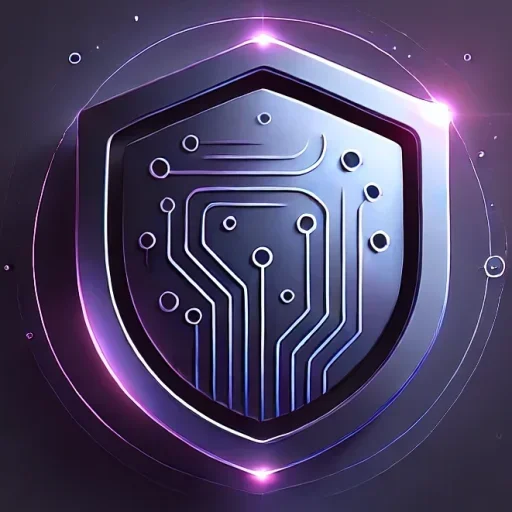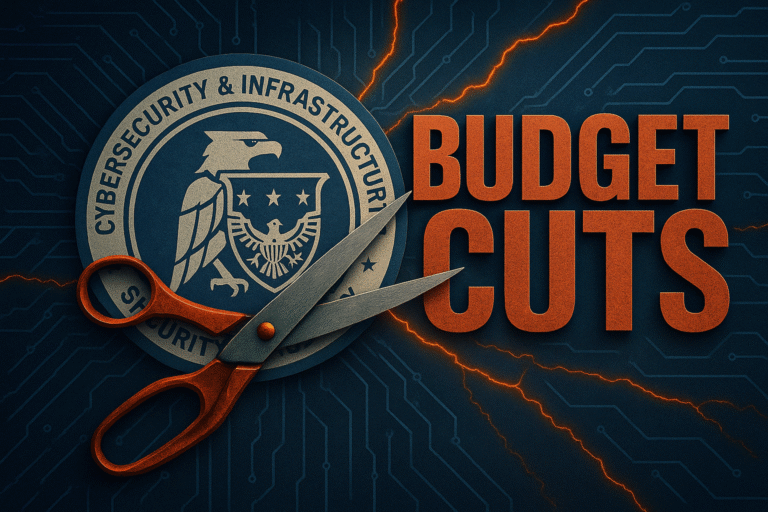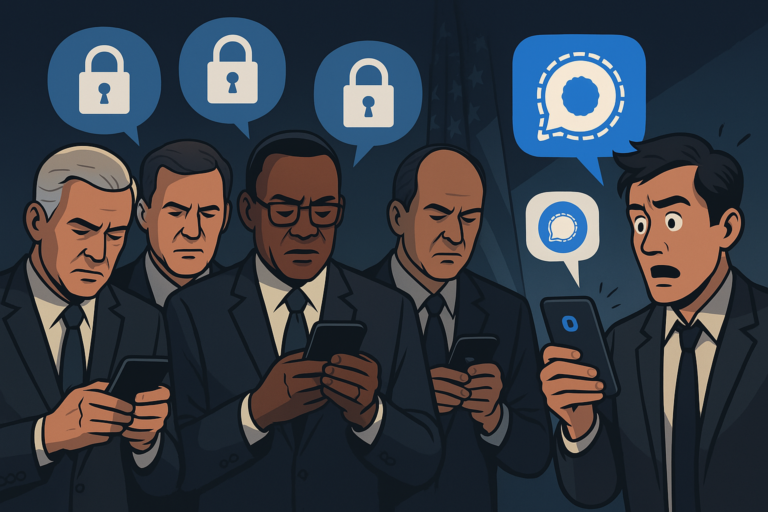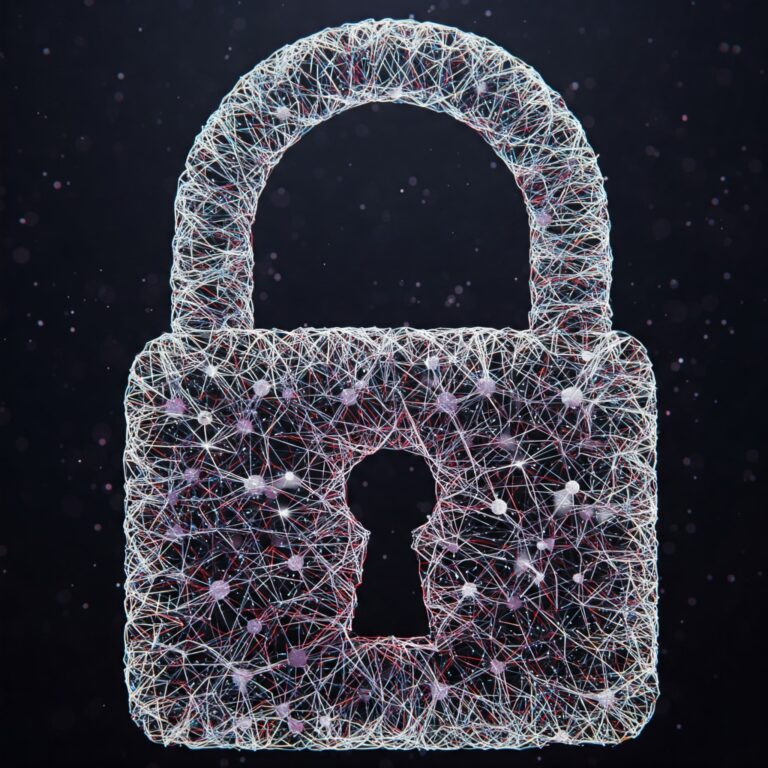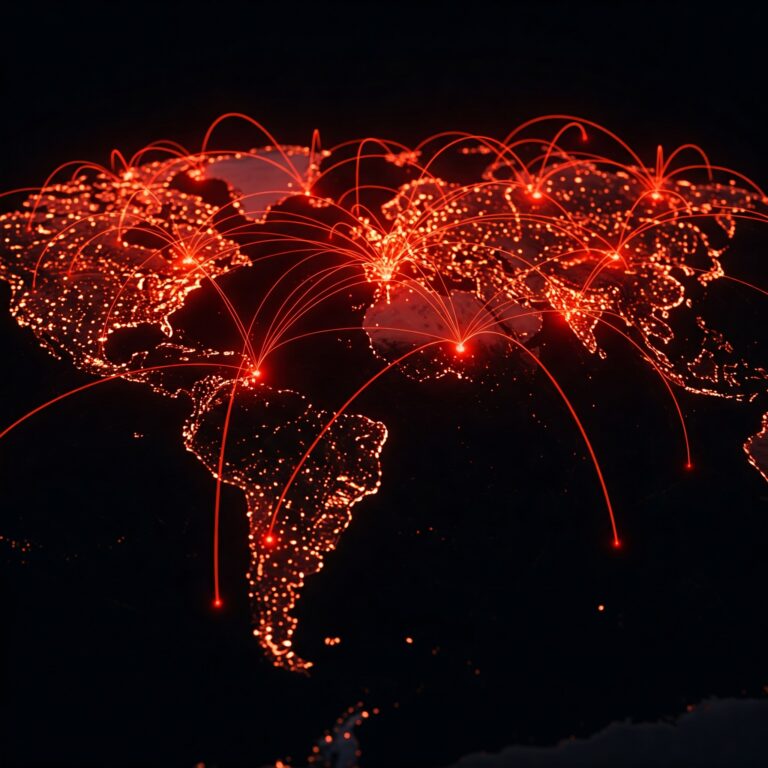CISA Budget Cuts: 6 Dire Risks to Our Digital Future
What happens when the very agency tasked with protecting America’s digital infrastructure is gutted from within? In 2025, the Cybersecurity and Infrastructure Security Agency (CISA) is facing an unprecedented crisis. Proposed CISA budget cuts could eliminate nearly 1,300 positions—almost 40% of…
